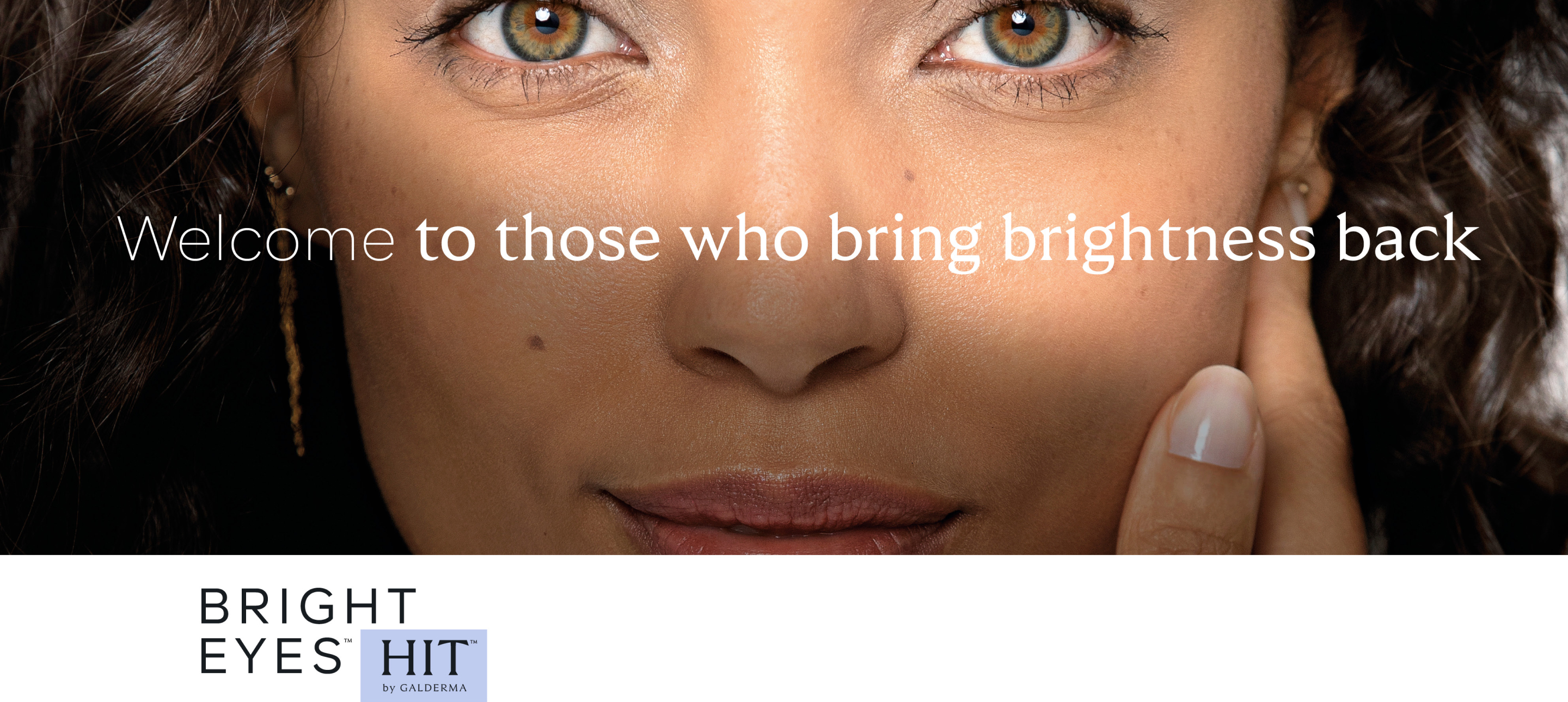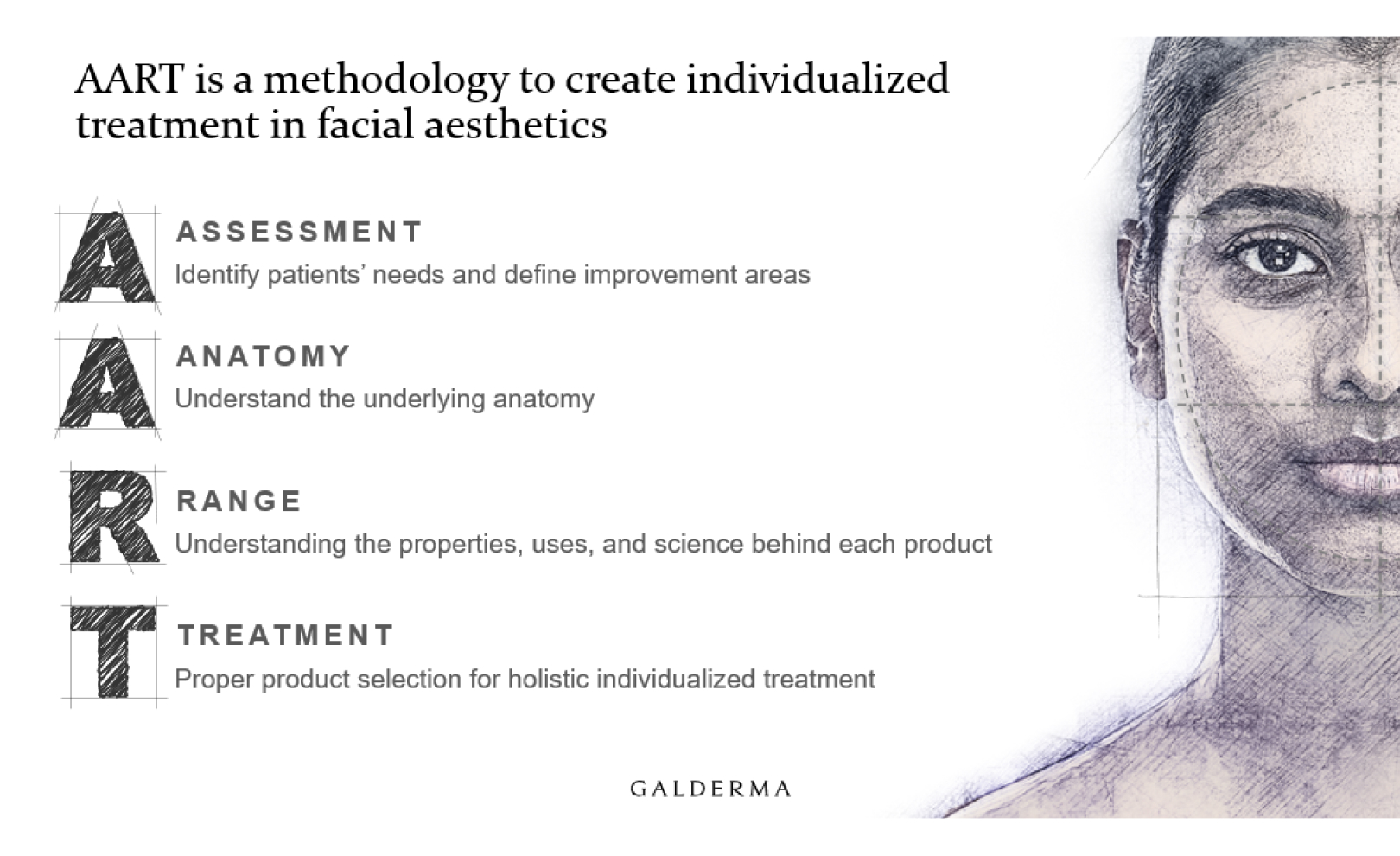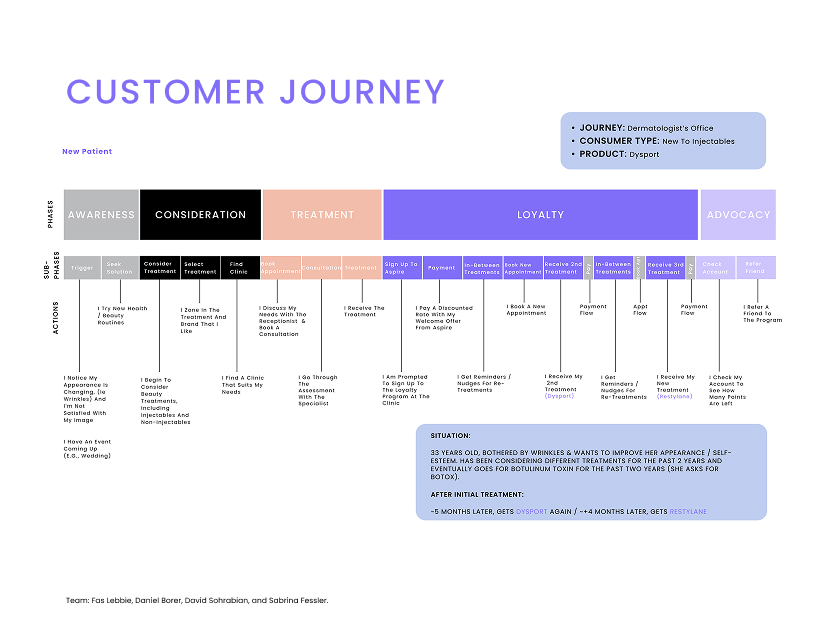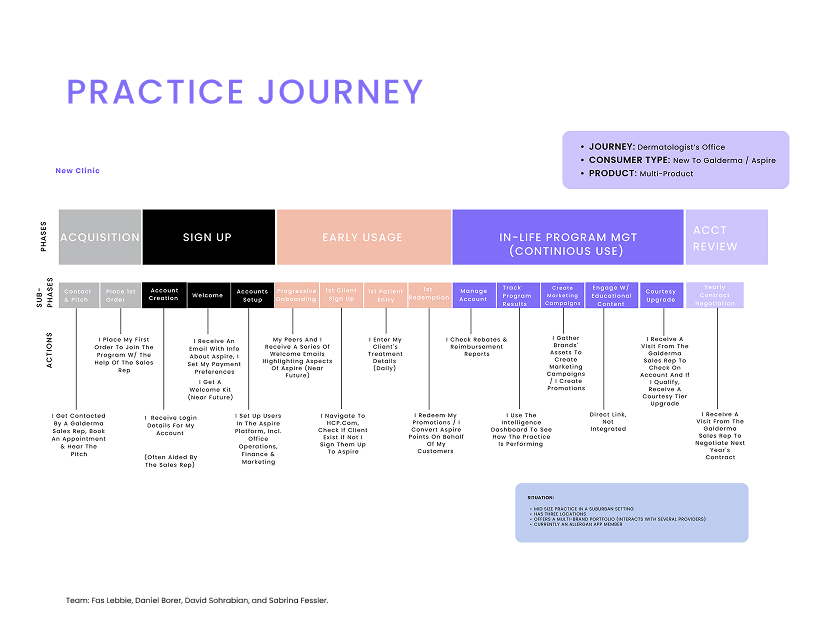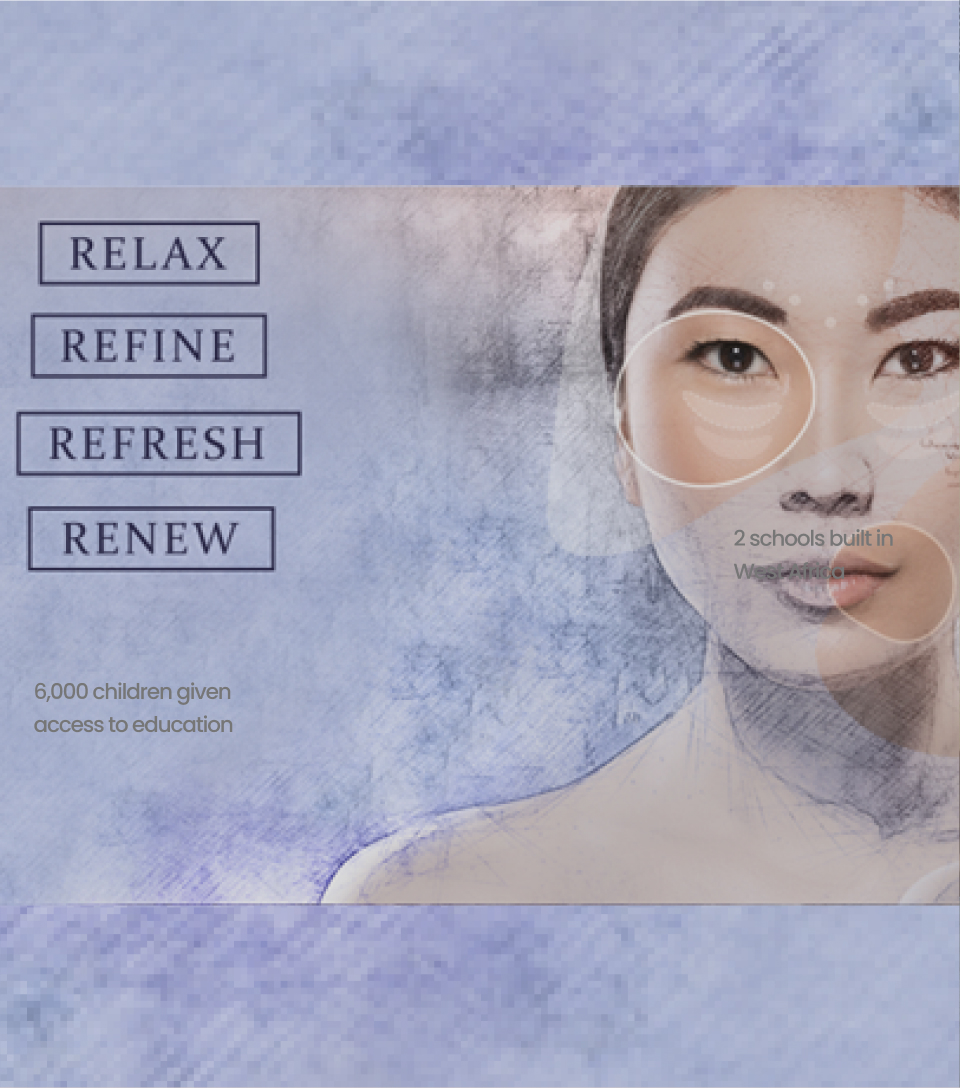Problem Context
The traditional approach to aesthetic medical education presented challenges, particularly in the injectable aesthetics sector, where precision and consistency are paramount. With over 130,000 healthcare professionals requiring training annually across 40+ countries, face-to-face instruction created inconsistencies in educational delivery and limited scalability, highlighting a gap in how specialized knowledge was transferred, particularly for injectors seeking to refine their techniques with Galderma’s premium product portfolio. These practitioners, primarily doctors and nurses qualified to perform injections, faced barriers to accessing standardized training on facial assessment (AART) and treatment protocols (HIT) that could optimize patient outcomes. This discrepancy stemmed from an educational framework that had not evolved to meet the needs of modern medical professionals who increasingly rely on digital resources for continuous learning. Galderma recognized the need for a transformative approach to medical education that could maintain the high-touch quality of in-person training while leveraging digital platforms to increase accessibility and consistency. By digitizing their proprietary AART and HIT methodologies, a unique opportunity existed to create a more inclusive system that would elevate the standard of care globally while strengthening Galderma’s position as a leader in aesthetic education.

